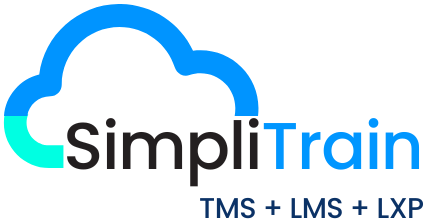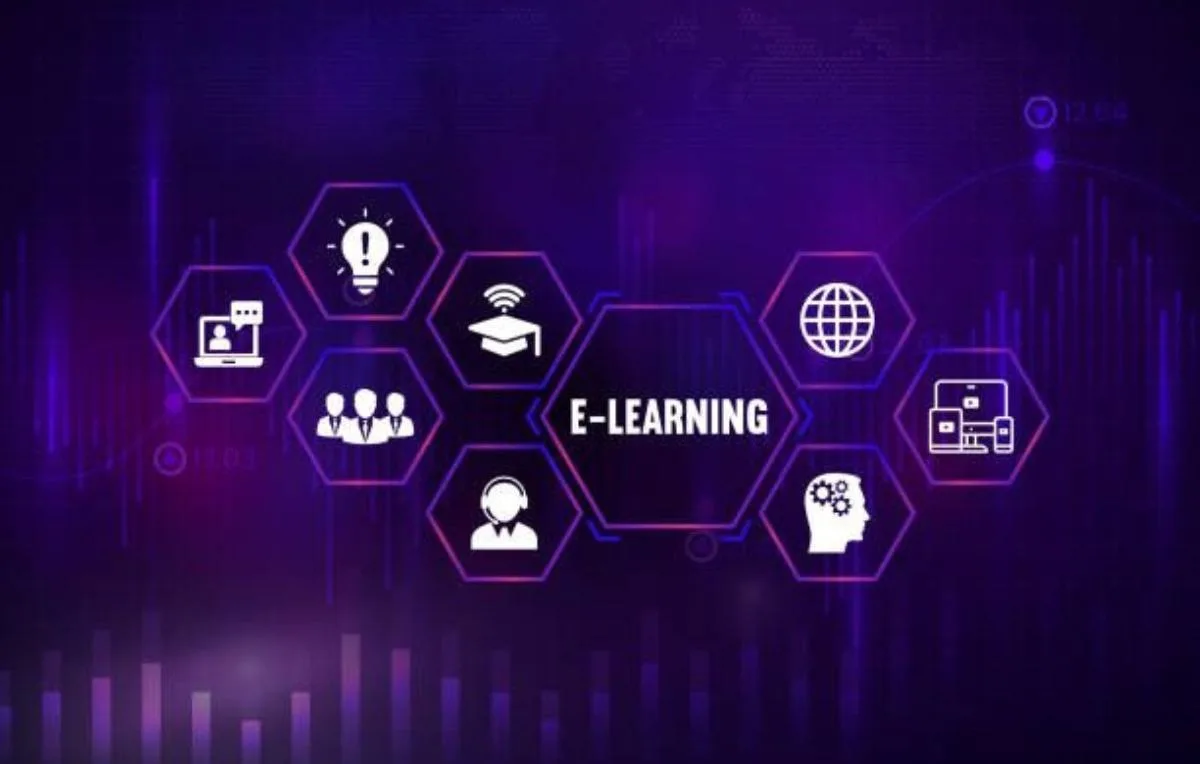In the dynamic universe of workforce training and talent development, where acronyms wield immense influence, two juggernauts vie for attention: LMS (Learning Management System)and TMS (Talent Management System). As businesses navigate the blend of education and skill cultivation, the spotlight intensifies on understanding the nuances between LMS and TMS.
In this article we try to unravel the layers, distinguishing between the roles of LMS and TMS in shaping learning delivery and organizational excellence.
Understanding the Training Management System (TMS)
A Training Management System (TMS) is a specialized software solution designed to streamline the administration, automation, and delivery of training programs within an organization. Unlike
the broader scope of an LMS, which encompasses a wide range of learning activities, a TMS hones in on the logistical and operational aspects of training.
Key Features of a TMS
TMS is particularly useful for organizations focusing on compliance training, certifications, and managing large-scale training programs across various departments.
- Course and Session Management:
TMS focuses on organizing and scheduling training courses and sessions efficiently, ensuring that participants can easily enroll in relevant programs. - Resource Allocation:
TMS aids in the allocation of resources, such as instructors, venues, and materials, optimizing the logistics of training delivery. - Registration and Attendance Tracking:
TMS simplifies the process of participant registration and monitors attendance, providing real-time insights into the success of training initiatives. - Compliance Management:
For industries with strict regulatory requirements, TMS helps track and ensure compliance by managing certifications, documentation, and adherence to industry standards. - Reporting and Analysis:
TMS helps generate reports on training effectiveness, completion rates, and other metrics. - Understanding the Learning Management System (LMS)
A Learning Management System, on the other hand, is more learner-centric and focuses on the delivery and tracking of educational content. LMS is a software application that hosts, delivers, and tracks online learning and training programs. LMS is ideal for organizations that heavily rely on e-learning, remote learning, or blended learning approaches, allowing for more interactive and self-paced learning experiences.
Key features of an LMS include:
- Content Creation and Delivery:
Hosting and deliver in learning content such as online courses, videos, quizzes, and other educational materials. - Assessment and Tracking:
Conducting assessments, quizzes, and tracking learner progress and performance. - Personalization and Learner Management:
Tailoring learning paths and content to individual learners, managing user profiles, and providing
personalized learning experiences. - Social Learning and Collaboration:
Facilitating interaction, discussion, and collaboration among learners through forums, chat,
or social features.
How TMS Differ from LMS?
Training Management Systems (TMS) and Learning Management Systems (LMS) are both valuable tools used in the organizational learning and development landscape, but they differ in their scope and primary functionalities.
- Scope and Focus
TMS: Primarily concerned with the operational aspects of training – scheduling, resource management, and compliance.
LMS: Encompasses a broader range of learning activities, including content creation, delivery, assessment, and collaboration. - Operational vs. Educational
TMS: Emphasizes the efficient execution of training programs, from logistics to compliance, with a focus on operational excellence.
LMS: Places a stronger emphasis on the educational aspects of learning, such as content creation, assessment, and fostering collaboration among learners. - Logistical Management
TMS: Manages the logistics of training, ensuring that everything runs smoothly from a scheduling and resource allocation perspective.
LMS: Concentrates on the creation, delivery, and assessment of learning content, with less emphasis on the operational logistics. - Compliance and Certifications
TMS: Crucial for industries with compliance requirements, tracking certifications, and ensuring that training aligns with regulatory standards.
LMS: While it may include compliance tracking, it places a more significant emphasis on tracking learner progress and assessing comprehension.
Introducing SimpliTrain: Bridging the Divide
SimpliTrain is an integrated platform that combines the strengths of both systems offering a unified approach to learning and talent development.
While there is some overlap in functionalities, the key distinction lies in the TMS’s focus on the administrative and logistical aspects of training, and the LMS’s focus on content delivery and tracking of learning experiences for individuals or groups.
SimpliTrain helps organizations use both TMS and LMS in tandem to streamline their training and learning processes effectively.
In Conclusion
In the ever-evolving landscape of learning and development, clarity regarding the distinctions between a Training Management System (TMS) and a Learning Management System (LMS) is essential. While the LMS takes a comprehensive approach to learning activities, the TMS hones in on the operational efficiency of training initiatives. Depending on organizational needs, integrating both systems or opting for specialized solutions like SimpliTrain can provide a robust framework for cultivating a skilled and compliant workforce.
As industries continue to embrace technology for training and development, understanding the unique roles of TMS and LMS becomes paramount for organizations striving to achieve excellence in both education and operations.











